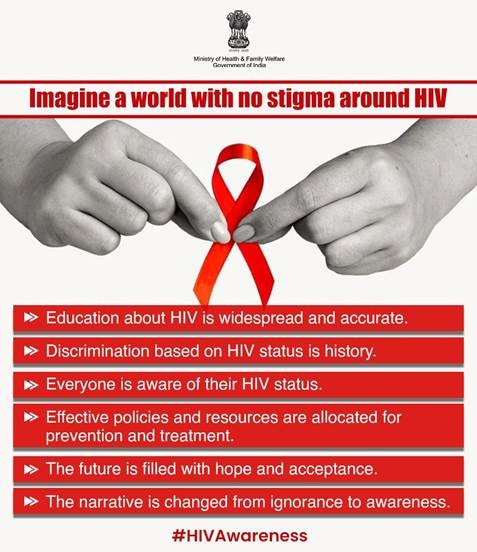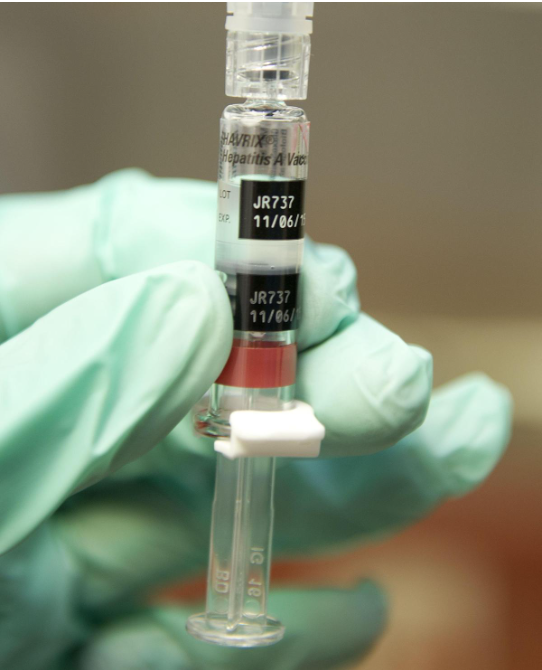Description

Source: MEDICAL NET
Disclaimer: Copyright infringement not intended.
Context:
- In an innovative new study of glioblastoma, scientists used artificial intelligence (AI) to reprogram cancer cells, converting them into dendritic cells (DCs), which can identify cancer cells and direct other immune cells to kill them.
- Glioblastoma is the most common brain cancer in adults and also the deadliest, with less than 10% of patients surviving five years after their diagnosis.
- While new approaches such as immunotherapy have revolutionized treatment for other cancers, they have done little for patients with glioblastoma.
About Glioblastoma:
Glioblastoma is a very aggressive type of brain cancer that is difficult to treat with standard methods. However, recent advances in artificial intelligence (AI) are offering new ways to fight this deadly disease. Like all cancers, glioblastoma is caused by DNA mutations that result in uncontrolled cell growth. The underlying causes for these genetic cell mutations are largely unknown.
Understanding Glioblastoma
- Glioblastoma, also known as GBM, is the most dangerous kind of brain tumor. It grows quickly and spreads into nearby brain tissue, making it hard to remove surgically.
- Traditional treatments like surgery, radiation, and chemotherapy often don't work completely, leading to the cancer coming back.
About Dendritic cells (DC)
- Dendritic cells (DC) are a type of antigen-presenting cell (APC) that play an essential role in the adaptive immune system.
- The primary function of DCs is to present antigens and the cells are therefore sometimes referred to as “professional” APCs.
- Dendritic cells are so named because during development, they develop branched projections called “dendrites” to maximize their surface area and increase exposure to antigens.
- Dendritic cells are found in tissue that has contact with the outside environment, such as lung mucosa, epithelial cells of the skin, and the linings of the nose and the gastrointestinal tract.
- These regions form the interface between the body and the environment and are constantly exposed to foreign proteins and pathogens.
- Once activated DCs move to the lymph tissue to interact with T and B cells and help shape the adaptive immune response. Ralph Steinman first described dendritic cells in the 1970s.
Symptoms:
- Glioblastoma can cause worsening headaches, nausea, vomiting, blurred or double vision, difficulty speaking, changes in the sense of touch, and seizures.
- It can also lead to problems with balance, coordination, and movement in parts of the face or body.
Treatment:
- While there is no cure for glioblastoma, treatments can help slow the growth of the cancer and alleviate symptoms. The primary treatments include surgery, radiation therapy, and chemotherapy.
AI-Reprogrammed Dendritic Cells
Scientists are now using AI to turn glioblastoma cells into dendritic cells, which are important immune cells that help the body fight cancer.
- Process:
-
- AI Algorithms: Scientists use AI to study the genetic makeup of glioblastoma cells.
- Reprogramming: AI helps figure out how to change these cancer cells into dendritic cells.
- Results: These new dendritic cells can recognize cancer cells and activate the immune system to attack them.
- Clinical Implications:
-
- Enhanced Immunotherapy: This method could make cancer treatments more effective by providing a steady supply of cells that help the immune system target cancer.
- Personalized Medicine: AI can customize treatments based on the unique genetic profile of a patient's tumor.
Advantages and Challenges
Advantages:
- Target Specificity: The reprogrammed dendritic cells focus on glioblastoma cells, causing less harm to healthy tissue.
- Immune Activation: Dendritic cells boost the immune system's ability to fight cancer.
- Reduced Recurrence: By continuously presenting tumor antigens, this approach might prevent the cancer from coming back.
Challenges:
- Clinical Trials: More testing is needed to ensure this method is safe and effective in humans.
- Technical Complexity: The process of reprogramming cells is complicated and needs precise genetic manipulation, which could limit its immediate use.
Future Prospects
- The use of AI in cancer treatment is an exciting development in medical science. Turning glioblastoma cells into dendritic cells could greatly improve immunotherapy, giving new hope to patients with this aggressive cancer.
- Continued research and testing will be crucial to make these AI-driven therapies a reality.
Conclusion
- Glioblastoma is a tough challenge in cancer treatment, but using AI to reprogram cancer cells into dendritic cells is a significant breakthrough.
- This innovative approach could enhance cancer immunotherapy and offer new ways to combat this deadly disease.
Source:
https://www.news-medical.net/news/20240731/AI-reprograms-glioblastoma-cells-into-dendritic-cells-for-cancer-immunotherapy.aspx
MUST READ ARTICLES:
car t-cell therapy
Global Cancer Burden
India's first CAR T-cell therapy approved
|
PRACTICE QUESTION
Q. What is the primary function of dendritic cells in the immune system?
(a) Producing antibodies
(b) Destroying infected cells directly
(c) Identifying and presenting antigens to other immune cells
(d) Activating neutrophils
Answer: (c)
|











